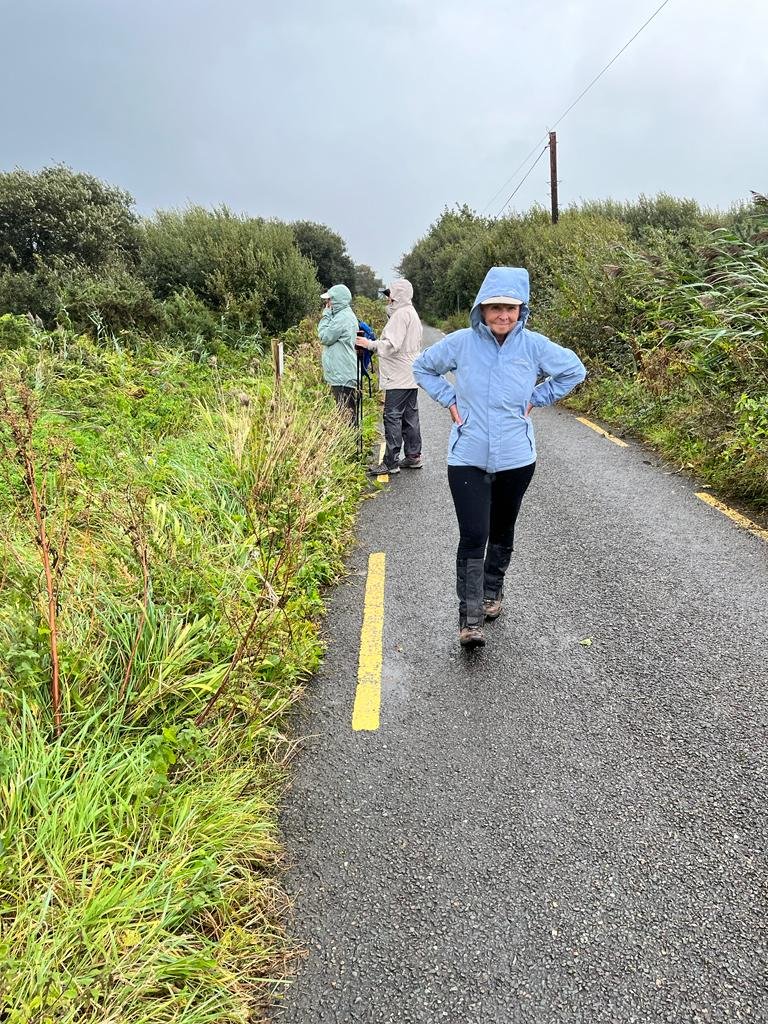Legal Beagle: Tell me about trespass...
/I write a legal column for the fabulous organisation, Romance Writers of Australia. Since it’s Christmas and we’re thinking all things festive, I thought this reflection on trespass might be instructive…
Bella and Daphne
On the night before Christmas, Amy hears a tapping noise on her roof. Five minutes later, a man, elderly, rotund and bearded, appears on her hearth. When she asks him what he’s doing there, he takes Amy into his arms and whirls her around until she’s giddy, then reaches into his sack and pulls out a brightly wrapped present. After rearranging a few ornaments on her tree, he places the present beneath one of the branches.
‘Ho! Ho! Ho!’ echoes from the chimney as Santa ascends.
Amy runs to the window just in time to see a sleigh, Rudolf leading and Blitzen riding shotgun, disappearing into the night.
How many times has Santa acted illegally? Quite a few!
In other Legal Beagle columns, I’ve looked at the differences between criminal offences (where the government or State brings an action against the accused), and civil offences (where one individual, the plaintiff, brings an action against another individual, the defendant). While Santa’s conduct would involve criminal behaviour, I’ll focus on civil claims in trespass, which come under the legal category of ‘tort.’ Whether you’re writing a romantic comedy or a romantic suspense or anything in between, and one of your characters acts without the consent of another, the principles set out below would be relevant.
Trespass is ‘actionable per se,’ which means Amy can bring an action even though she hasn’t suffered damage to her property, physical injury or economic loss as a result of Santa’s actions. All that has to be shown to succeed in trespass is ‘direct interference with person or property.’ And as trespass is relevant to an infringement to enjoyment of land, possession of goods, and freedom of movement, Amy could have at least three actions arising from these facts. Let’s look at them one by one.
Trespass to the person involves assault (the apprehension of harm, with no damage required), battery (the direct and intentional application of force, again without the necessity of physical harm being caused) and false imprisonment (where a person is deprived of their freedom of movement). Santa’s actions in surprising Amy would be assault, touching her constitutes battery, and holding her could be false imprisonment.
Trespass to land requires possession of land (it doesn’t matter whether Amy owns or rents the property, so long as she’s entitled to occupy it) and unlawful entry (entry without permission). And there could be more than one breach here, because ‘land’ includes the surface of the land, the subsoil below it, and any airspace above it that is necessary for the enjoyment of the land. So even if Santa hadn’t come down the chimney, hovering immediately above the roof could have constituted trespass to land.
Trespass to property occurs where there is a direct or intentional interference with the personal property of the plaintiff, where they are entitled to exclusive ownership of personal goods. As Santa handled Amy’s ornaments, there would be trespass to property.
Here’s hoping your Christmas is free of any behaviour that leads to a court case, and is most importantly a safe and happy one. And that 2021 brings a lot of joy to everyone (particularly after the hard year so many have experienced due to You Know What.












